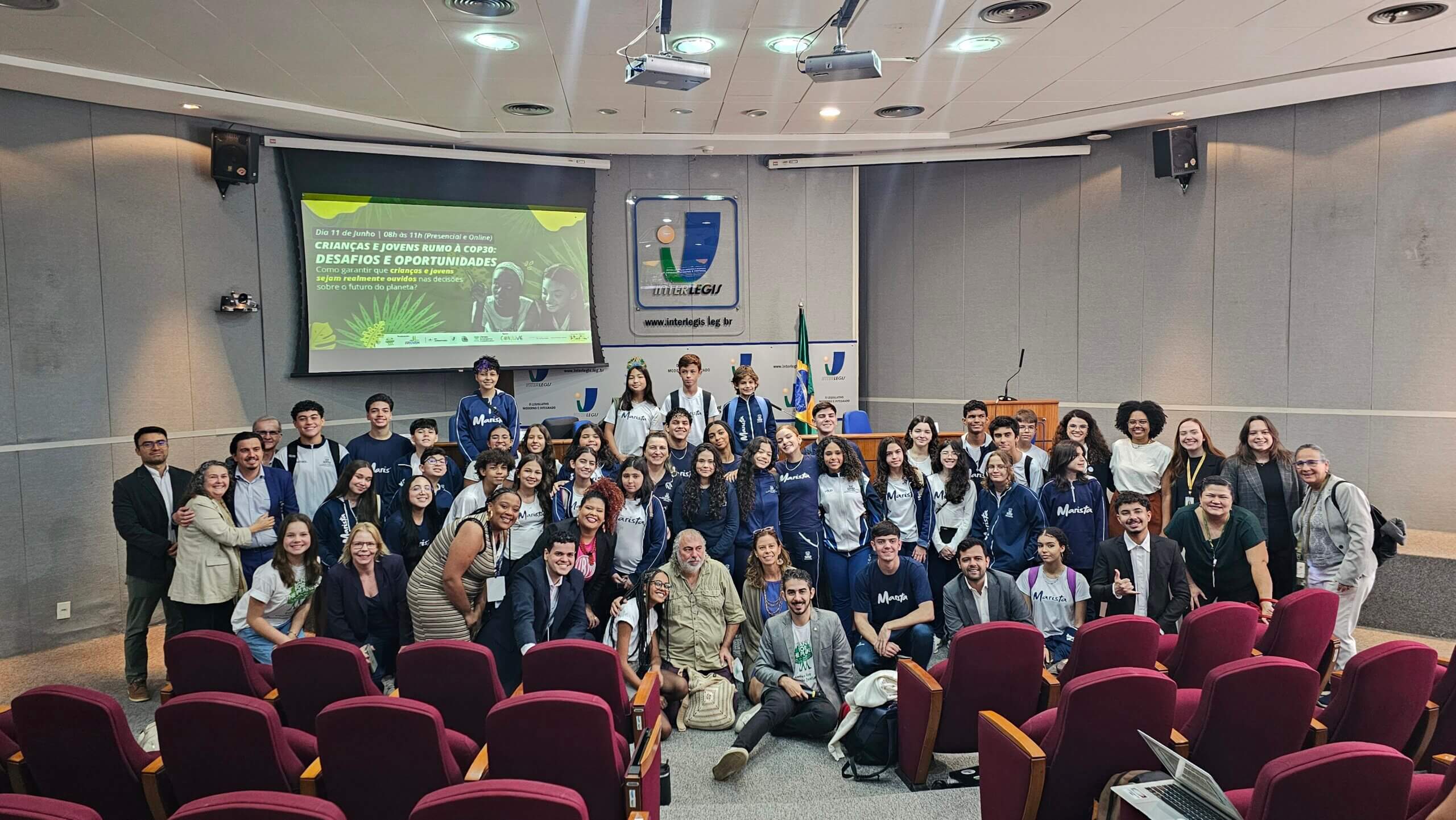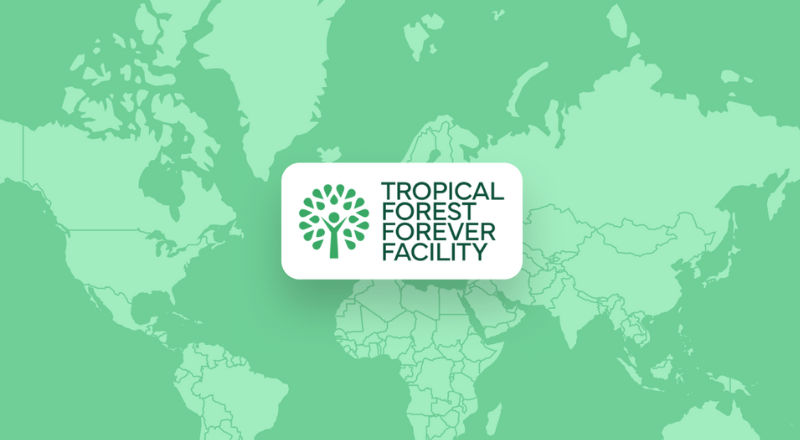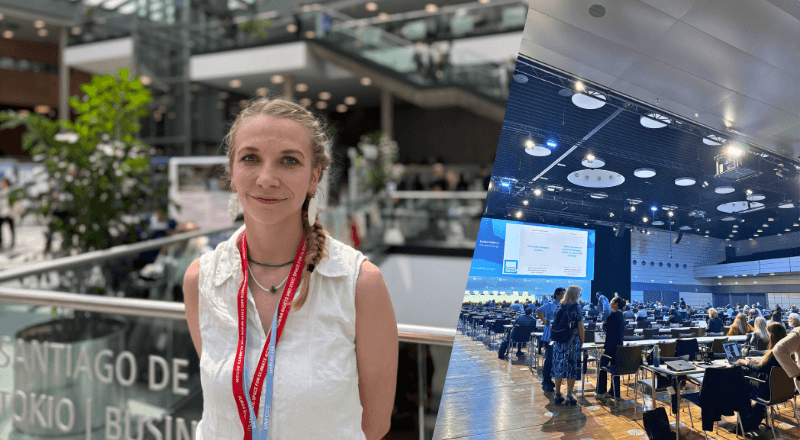
We’re already experiencing the effects of the human-caused climate crisis, but if we want this problem handled, it’ll be up to us and our actions toward nature.
Learning the facts of the climate crisis helps us to begin a discussion about what we can do to address the problem.
Human activity has been responsible for the majority of the rise in global temperatures since 1950.
While some causes of the climate crisis are natural, such as volcanic eruptions, we are currently facing a climate crisis as a result of human activity.
The following are the primary human-caused causes of the climate crisis:
- Using fossil fuels to generate energy.
- Farming and agriculture are intensively practiced in order to produce meat and crops.
- Removing forests and trees to make way for other uses of land.
The destruction of rainforests is a major source of CO2 emissions.
Trees and forests are referred to as “carbon sinks” because they absorb and store carbon dioxide as they grow.
Large amounts of carbon dioxide are released into the atmosphere when humans cut down rainforests or they are destroyed by wildfires.
This contributes to the greenhouse effect and raises the concentration of carbon dioxide in the atmosphere, further accelerating global warming.
The previous decade was the warmest in 125,000 years.
The average global temperature has risen by 1°C in the last century. We may not notice much of a difference in our daily lives if the temperature rises by one degree, but this temperature rise has had a significant impact on the planet.
The temperature is continuing to rise, and the last five years have been the warmest in modern history.
Currently, countries all over the world are working to meet the Paris Agreement’s targets of keeping global temperature rise below 2°C and, if possible, below 1.5°C.
The melting of Arctic sea ice and glaciers
One of the most well-known effects of global warming is the melting of Arctic sea ice and glaciers. The Arctic has warmed faster than the rest of the world, and its ice cover has shrunk and thinned.
In 1910, for example, the Glacier National Park in Montana, United States, was home to approximately 150 glaciers. This number had dropped to 26 when the glaciers were counted in 2017.
This melting ice will cause sea level rises and will increasingly affect people in areas that rely on melting glaciers for drinking water.
Species are being harmed.
Rising temperatures are depressing some plant and animal populations, driving species to the poles and causing migrations and behavior to shift.
Adélie penguin populations on the Antarctic Peninsula have plummeted. The red knot, an Arctic shorebird, is shrinking. Thousands of walruses are being forced onto land in Alaska due to ice loss.
Alpine ecosystems from the Rockies to the Swiss Alps are being squeezed off mountaintops, transforming entire regions.
The unusually warm ocean temperatures of the last few years have caused coral bleaching and die-offs on reefs all over the world.
Nature is an untapped resource.
Tropical forests are incredibly effective at carbon storage, accounting for at least one-third of the mitigation action required 7 to avoid the worst climate change scenarios. Despite this, nature-based solutions receive only 3% of all climate funding.
There are 800 million people. Climate crisis impacts such as droughts, floods, heatwaves, extreme weather events, and sea-level rise currently threaten 11% of the world’s population.
We can contribute to the solution.
Free markets are frequently praised for producing efficient outcomes. There is something akin to a free market of ideas in this connected age.
So, if climate change weren’t such a serious threat, would 195 countries have signed the Paris Agreement, pledging to keep warming below 2°C (3.6°F)?
The transition away from fossil fuels is still in its early stages. Every little bit counts: According to a 2016 study, every ton of CO2 we emit melts 32 square feet of Arctic ice, which means the average American melts 525 square feet per year.
Every energy-efficient building, retired gas-guzzler, and a preserved acre of the forest helps. However, none of this will be of much help unless the world transitions to a carbon-free energy source.
So, what can we do about the climate crisis? Plenty.
It’s going to require a concerted effort from all of us though – individuals, businesses, and governments alike. We need to learn more about the problem so that we can make informed decisions, take action, and demand change from those in power. And it starts with each one of us making small changes in our lives to reduce our impact on the planet.
Are you ready to become part of the solution?






